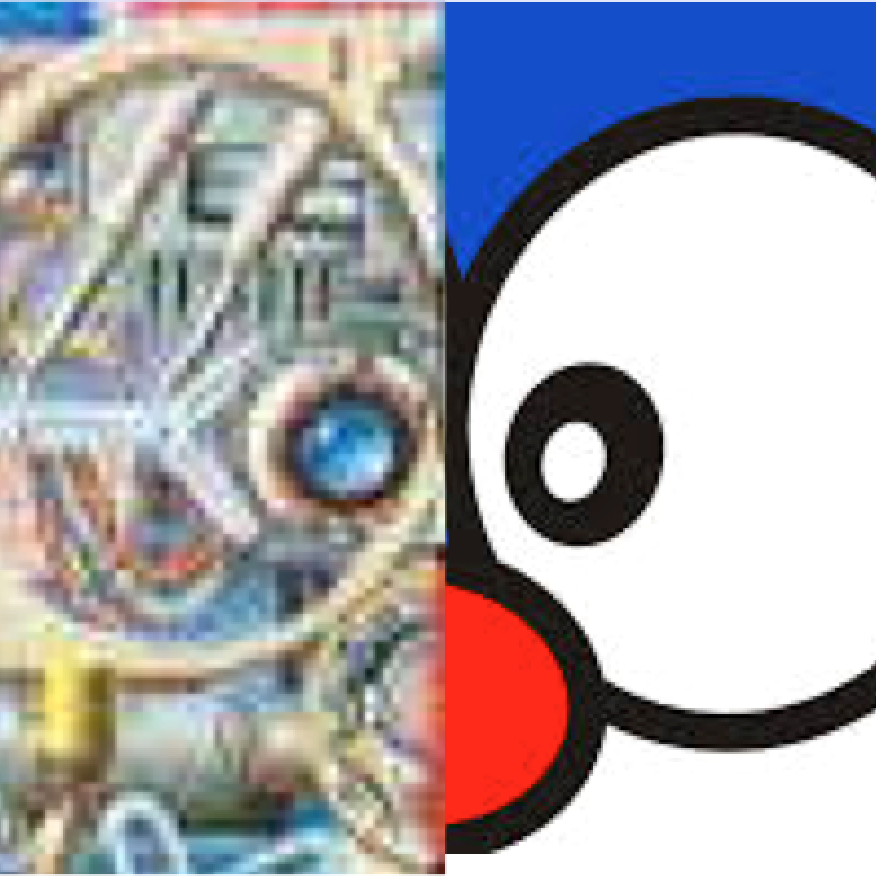Course Description
Can computers understand the visual world as we do?
This course treats vision as a process of inference from noisy and uncertain data and emphasizes probabilistic, statistical, data-driven approaches.
Topics include image processing; segmentation, grouping, and boundary detection; recognition and detection; motion estimation and structure from motion.
This class will also lead you to the discussion of applications regarding state-of-the-art techniques in recognition, detection, and video analysis.
The course will consist of five programming projects, one final project, and a few self-tutorial sessions (12 minutes for each team of 5 students).
Please find information about projects and self-tutorial sessions in the syllabus.


